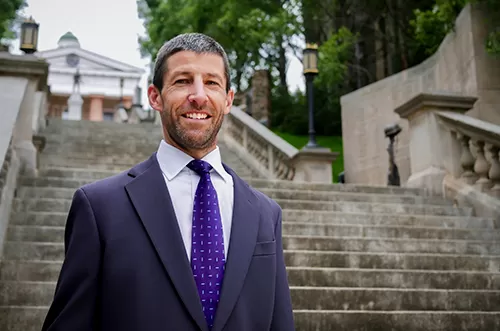Gold v. Myers Controlled Power, LLC (In re Truland Grp, Inc.), 2018 Bankr. LEXIS 42 (E.D. Va. Bankr. Jan. 8, 2018)
Gold v. Myers Controlled Power, LLC (In re Trustland Grp., Inc.), 2018 Bankr. LEXIS 2188; 2018 WL 3601835 (E.D. Va. Bankr. July 25, 2018)
Claims were brought by the Chapter 7 Trustee of Truland Walker Seal Transportation, Inc. (“TWST”) against a supplier of electrical equipment, Myers Controlled Power, LLC (“Myers”), for the recovery of an alleged preference payment under Section 547 of the Bankruptcy Code, alleging that the payment to Myers was for less than reasonably equivalent value, at a time when the Debtor was insolvent or had an unreasonably small capital to operate its business.
In January 2011 TWST entered into a Subcontract Agreement with Clark Construction Group, LLC (“Clark”), the prime contractor on the Orange/Blue Line job for the Metropolitan Area Transit Authority (“WMATA”). The Subcontract contained “flow down” provisions, including that TWST was contractually obligated to pay its subcontractors and suppliers, and to avoid any bond claims against the surety that guaranteed TWST’s performance. Myers did not subcontract directly with TWST, but held a separate Supplier Subcontract with Nationwide Electrical Services, Inc. (“NES”) for services and equipment.
By spring of 2014, Truland and its affiliates were significantly “out of trust” with their suppliers, meaning they were receiving payments from general contractors but were not paying the suppliers and subcontractors in violation of their flow down provisions. This situation eventually caused a halt in supply deliveries which in turn prompted Clark to insist on a joint check arrangement in order to alleviate all debts. On June 9, 2014, Clark, Myers, and TSWT entered into a Joint Check Agreement. On July 11, 2014, Clark delivered a check to TWST in the amount of $2,197,039.86. The check was payable jointly to Myers and TWST. However, TWST filed a voluntary petition under Chapter 7 on July 23, 2014.
The court looked to whether Myers was a creditor of TWST with an antecedent debt for purposes of answering the question of whether the transfer was to be considered substantially contemporaneous exchange for new value under Section 547. The court concluded that even without the disputed invoices, Myers would have had a claim in quantum meruit against TWST for the value of the equipment it delivered in May and June of 2014. The court found that Myers was a creditor of TWST at the time that the transfer was made in June 2014.
Myers argued that the proceeds of the joint check were not property of the estate. The court determined that the flow down provision in the Clark-TWST Subcontract was not a trust in that it lacked the three primary indicia of an intent to create a trust, which are (1) the designated trustee lacks legal title to the property; (2) the trustee is restricted in its use of the property; and (c) the property remains separate from the trustee’s own property. In this case, because there was no requirement for the segregation of the funds, the Subcontract flow down provision did not create a trust.
The court held that the joint check issued pursuant to the agreement constituted a preference, which was subject to Myers’ contemporaneous exchange for new value defense. The court did not find evidence that Myers ever released a bond claim as new value to the Debtor. Further, while Myers’ evidence of the parties’ intent establishes a mutual intent to create a substantially contemporaneous exchange for new value, the court found that the exchange itself was not in fact substantially contemporaneous. In this case, the gaps of 44 days and 23 days, were too long to be considered truly contemporaneous under Section 547(c)(1).
Finally, the court held that the release of the equipment constituted value to TWST for purposes of Section 548(a)(1)(B). Myers released equipment, thereby satisfying TWST’s contractual obligation to Clark to supply goods. The court pointed out that the Fourth Circuit has adopted the “indirect benefit” theory, where if the giving of the consideration to a third person otherwise confers an economic benefit upon the debtor, then the debtor’s net worth has been preserved, provided that the value of the benefit received by the debtor approximates the value of the property or obligation lost.
The court granted judgment to the Trustee on the Preference (Section 547(b)) claim and recovery of property claim, in the amount of $2,107,039.86.




